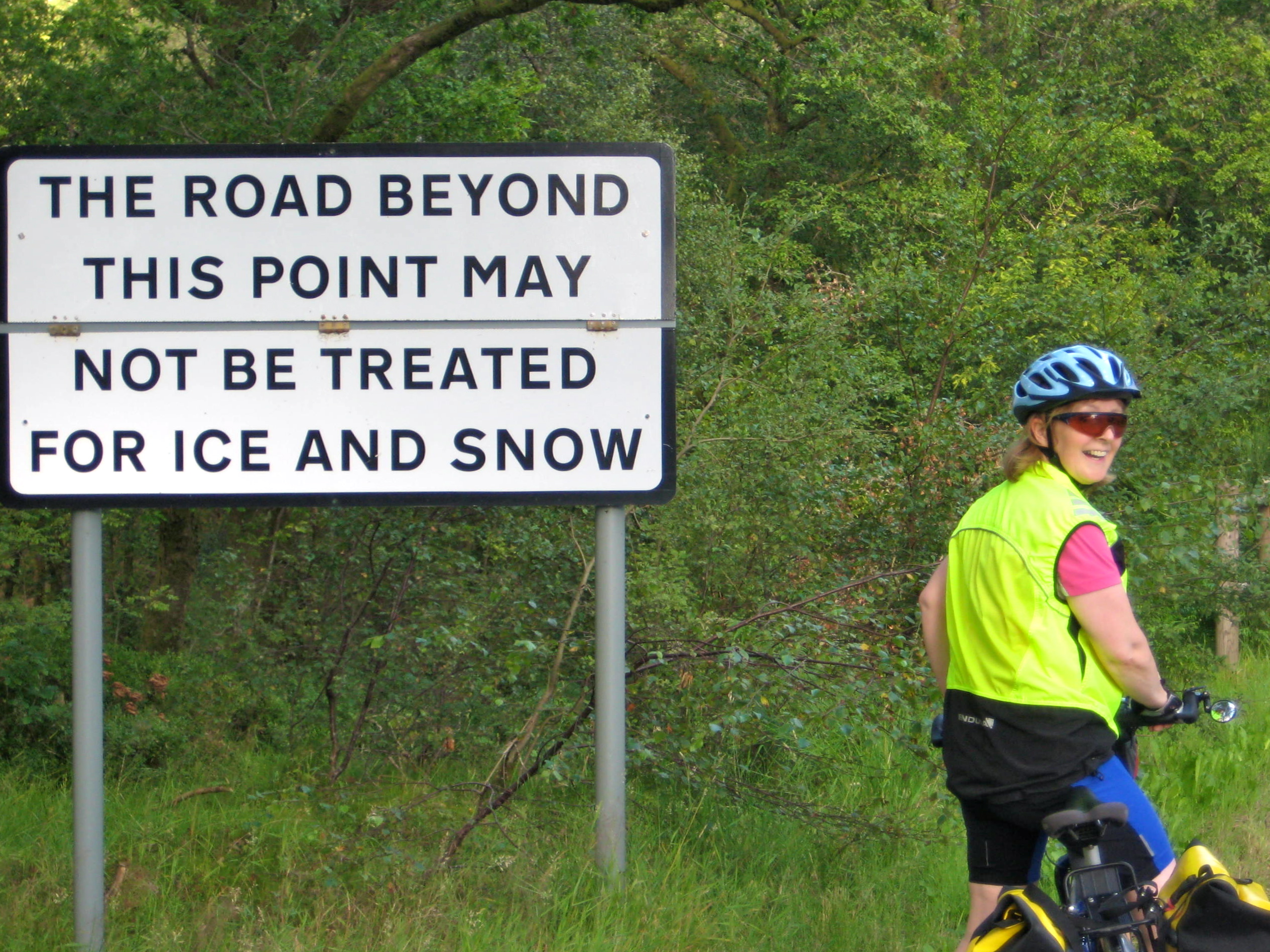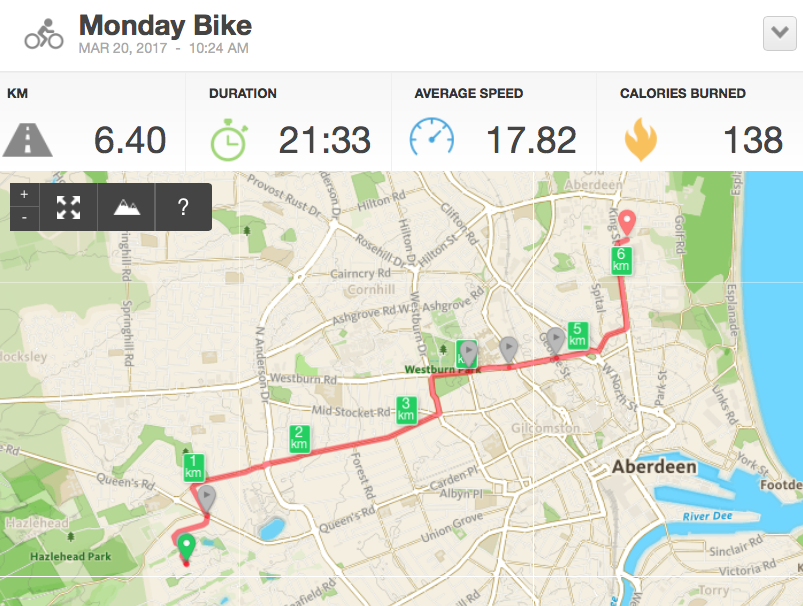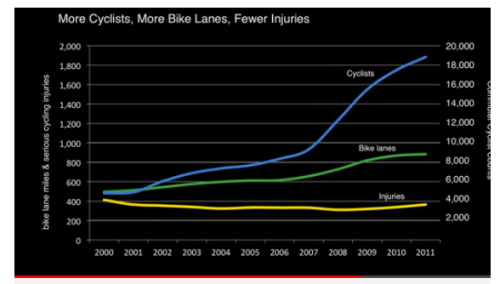Once we decided to book hotels for blocks of nights to allow us to cycle somevdays without luggage, we also decided we would like to go back to Vilajoyoso for one of the stays. We have taken to the city itself and to the Hostal El Mercat.
Unfortunately, this meant tracking back through Benidorm, fully from East to West. As you would expect, Benidorm is very busy, even at this time of year. Some areas of the city are packed with pedestrians and some busy with cars. Both of these mix badly with bicycles, so we were a little wary when we set off this morning. We first headed for the beach and a stop of coffee on the sea front.

As it turned out, we never felt unsafe on the bikes. True, we are fairly experienced in traffic and ride defensively with an eye for our safety at all times. In all the years we have been cycling, we have only had one serious accident, and that was on a cycleway and involved a misjudgement in a situation with a jogger not a vehicle. Four factors contributed to our safety on this ride.
Firstly, we used a phone-based app to find and follow a bicycle-friendly route. In this case it was Google Maps and it did (generally) a good job. At one point it took us into a heavily populated and very busy pedestrian area: we got off and walked for a few hundred metres.
Secondly, Benidorm makes very good use of segregated cycle paths that keep cars, pedestrians and cyclists apart. (Perhaps those on electric scooters should also be mentioned: they are everywhere and travel faster than anyone else. Sooner or later they are going to contribute to the accident rates. Beware!)
These are typical and run up the middle of most if not all of the major routes in and out of the city. They give the cyclists a decent enough amount of space and best of all they continue at roundabouts – unlike every cycle track we have ever found in the UK. Quite a number of drivers even stopped for us on zebra lines as we crossed the minor exits on roundabouts.



AS you see the separation is pretty good in many cases.
Next to mention are our mirrors. These are a new addition for this trip, but they are very helpful in alerting us to fast approaching traffic from behind. Typically, these are the aforementioned electric scooterists. They pass far too close for comfort sometimes.

Lastly, but just as important are our Sena bluetooth connected headsets. These allow us to talk to each other with connection up to 1000 metres apart with line of sight. Our Sena kit is over 10 years old now, but still works perfectly. Battery life lasts over a full day and the audio quality is excellent. This means that we can share worries and uncertainties as we approach junctions and turns and benefit from a second pair of eyes as we approach difficulties. Of course, it also means I receive endless and constant complaints and reprimands as I go about my business.

As I say, the cycling today was stress free and took us to Vilajoyoso painlessly despite the roads and cycleways being very busy. We arrived in time for a late lunch – a shared avocado and grapefruit salad with water – no alcohol until we are off the bikes is our rule, just like car driving.
We were in great shape then to head out this evening for drinks in various cafe bars before enjoying an excellent dinner at the Zerca Restaurant in the heart of the old town. 42 euros for an excellent bread with olive oil, olives, shared salad and durado with creamed sweet potato, wine, water and coffee. Brilliant! All outside tables taken so we were forced indoors. No big deal and all rather posh.



















